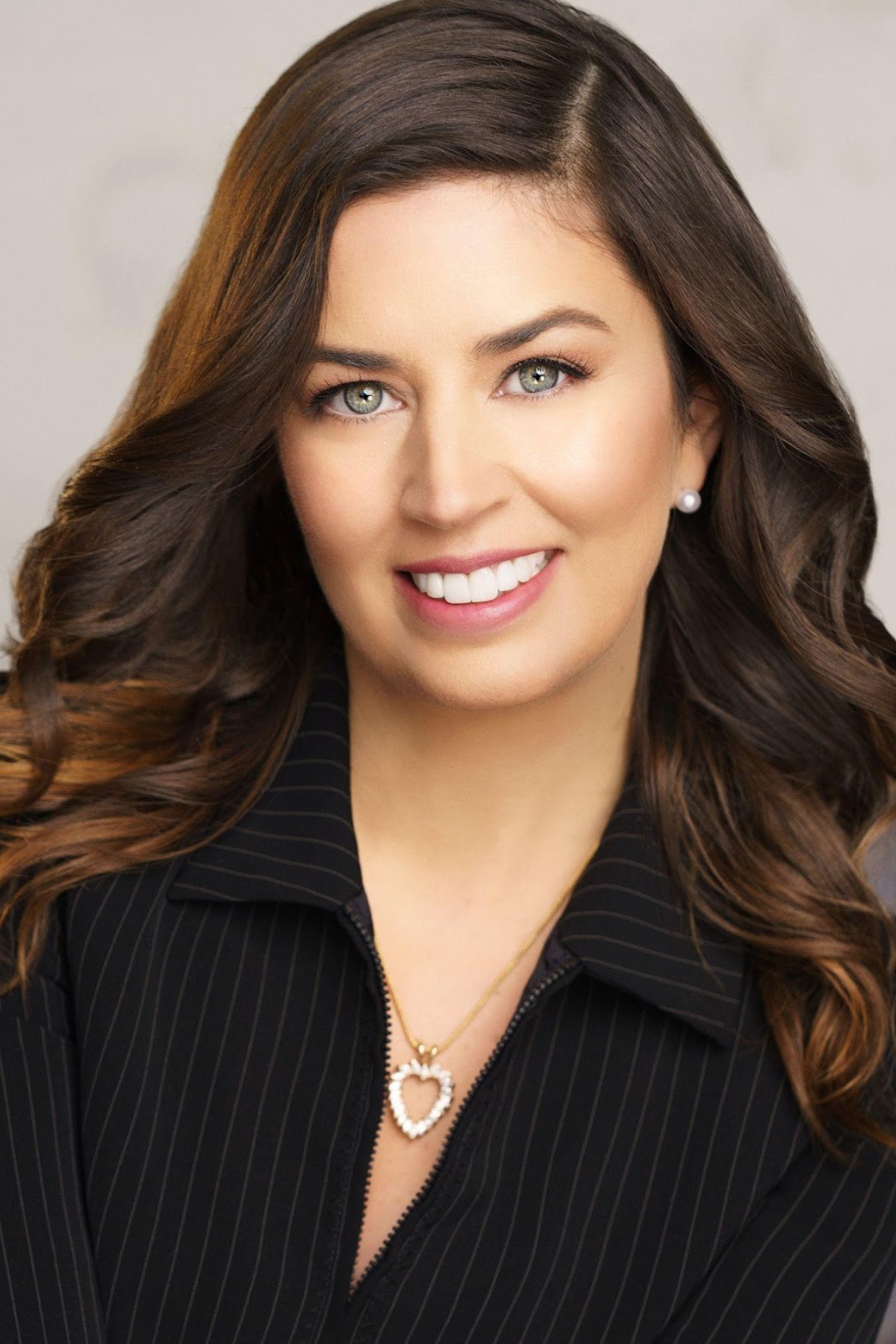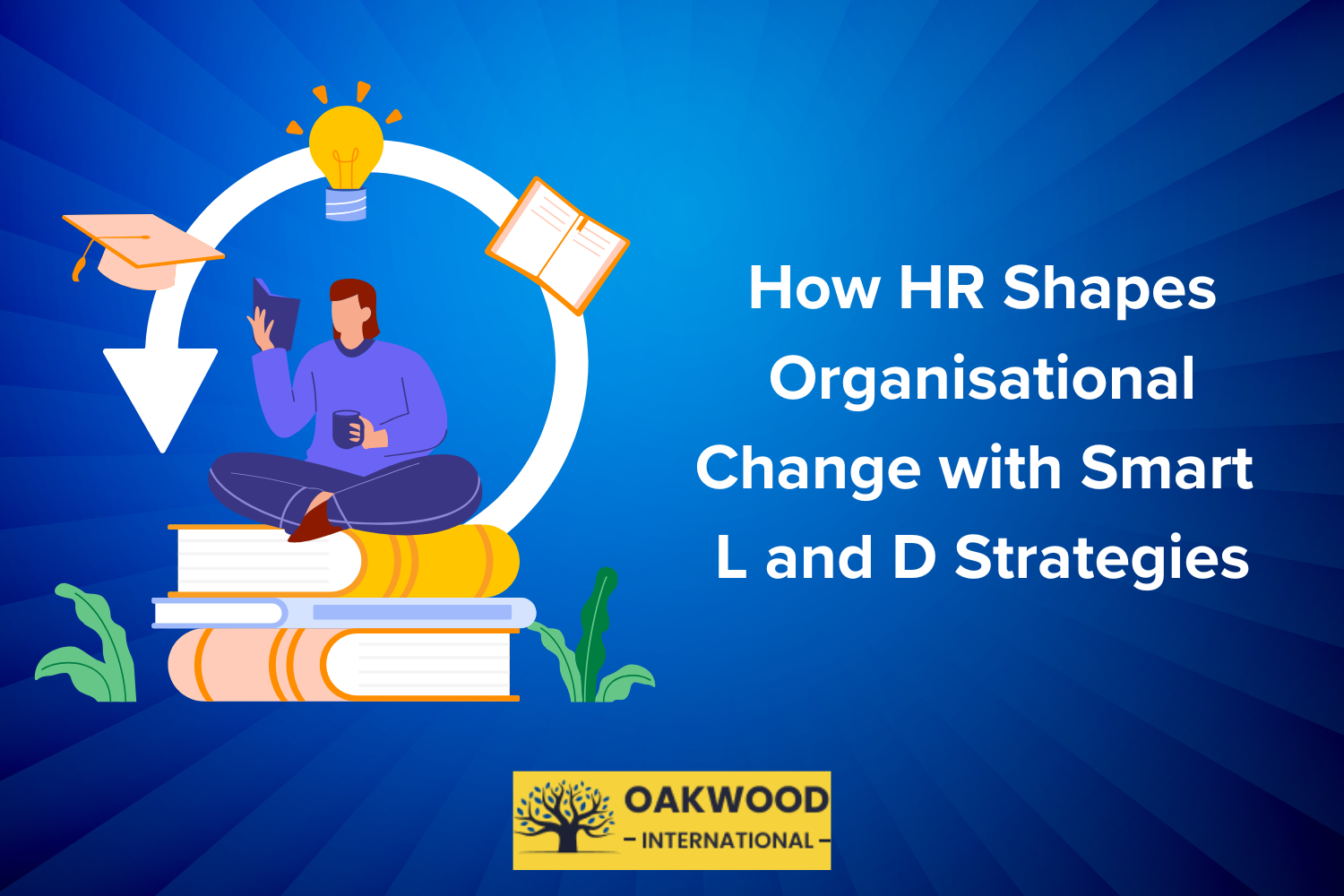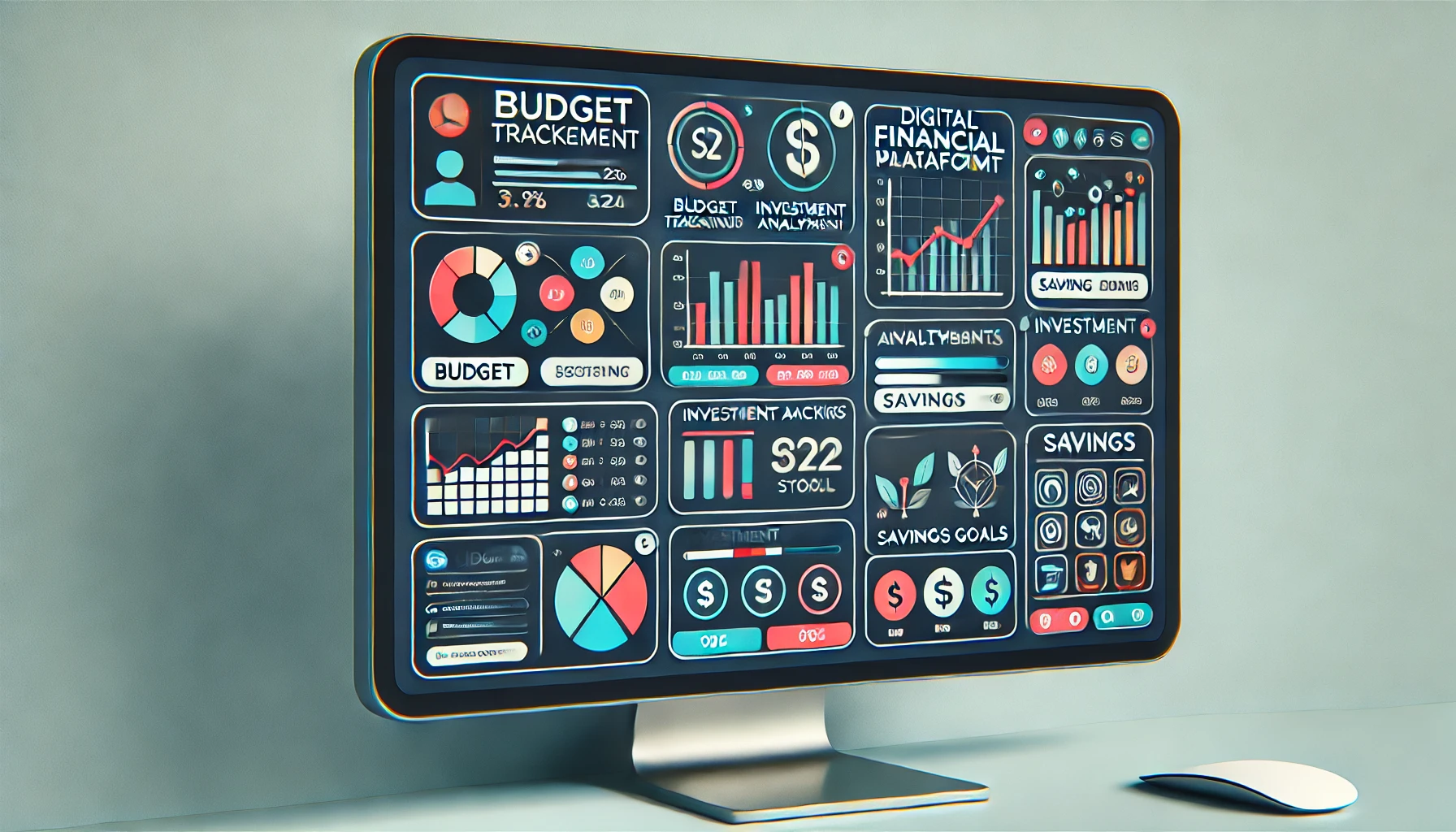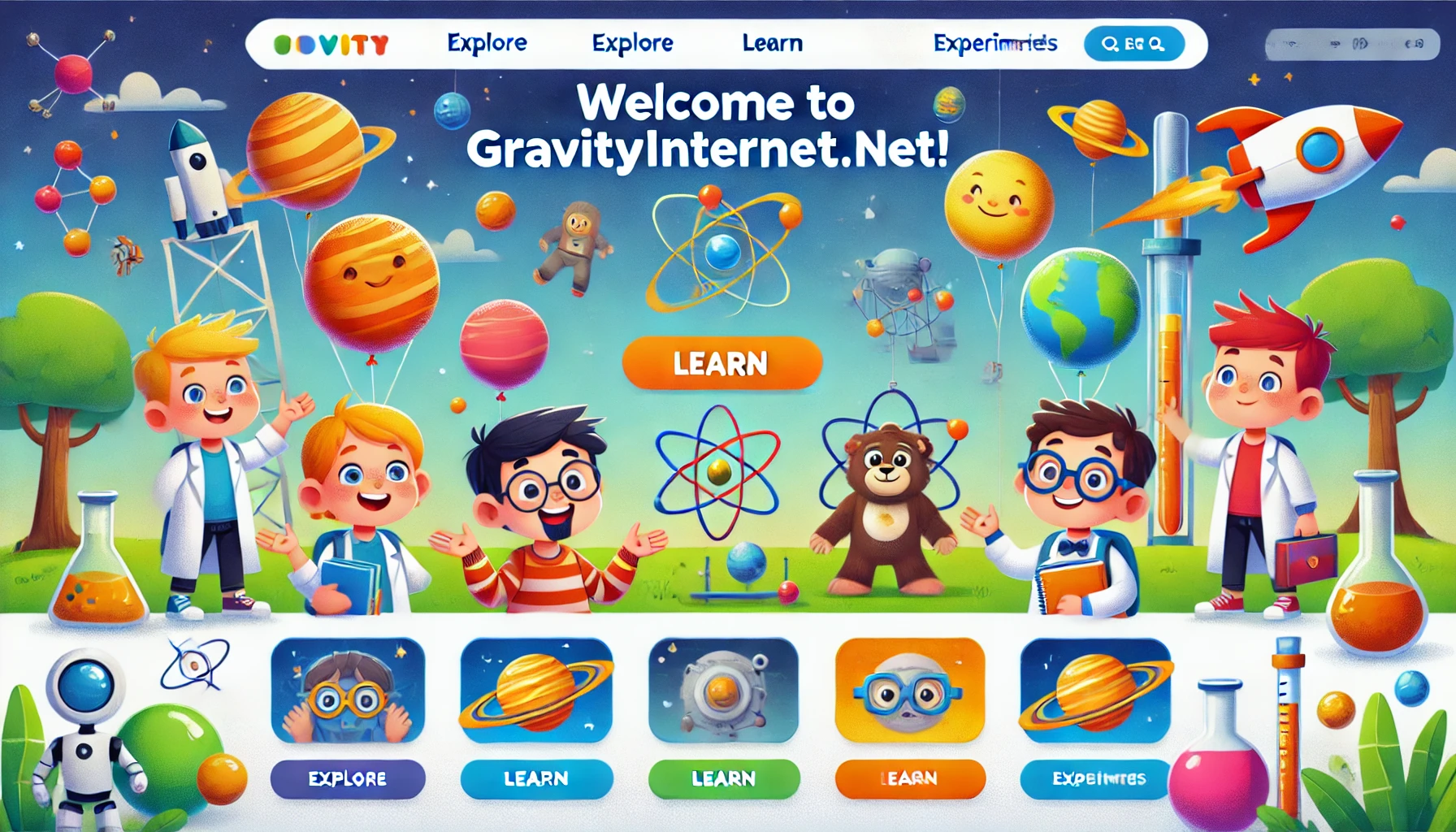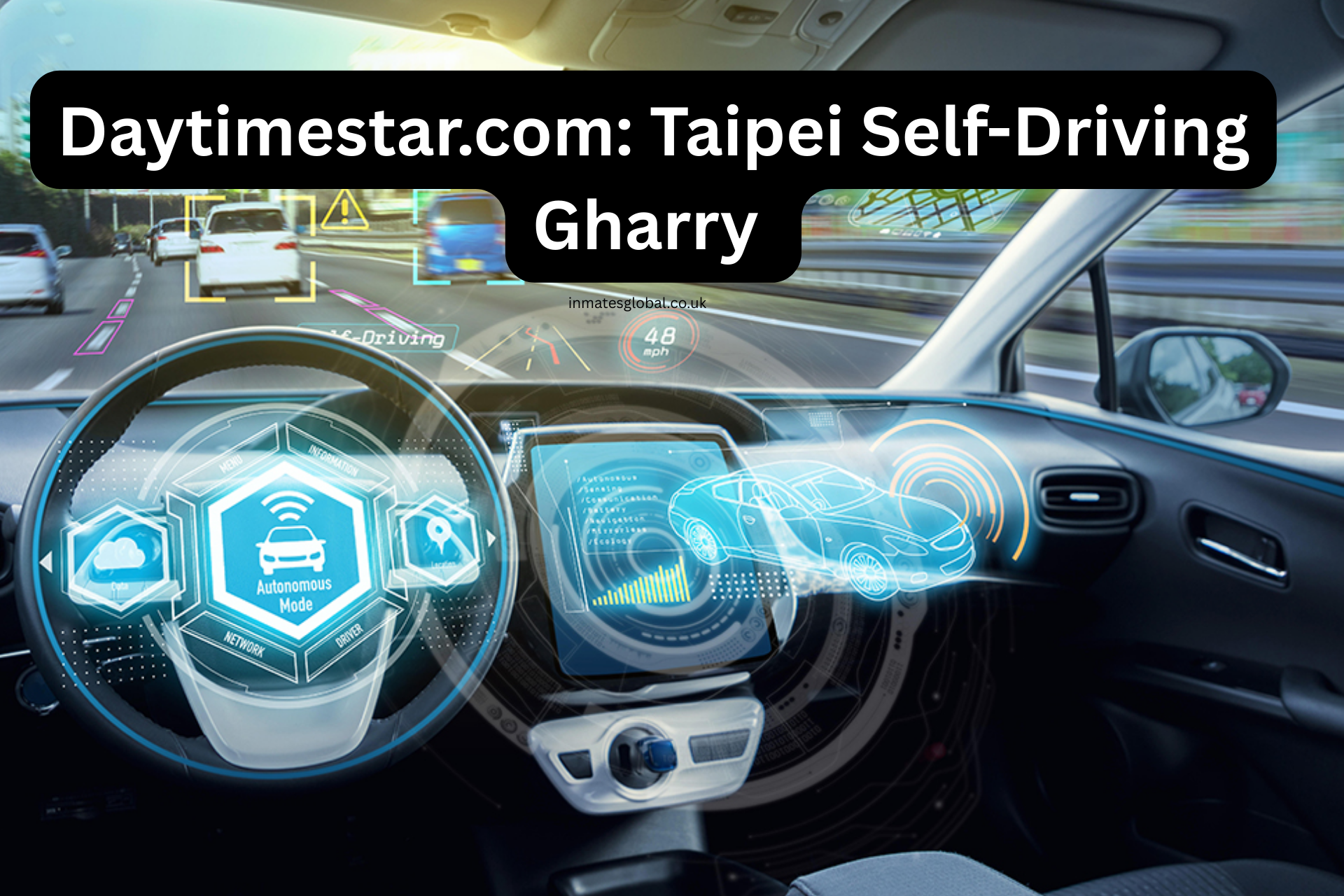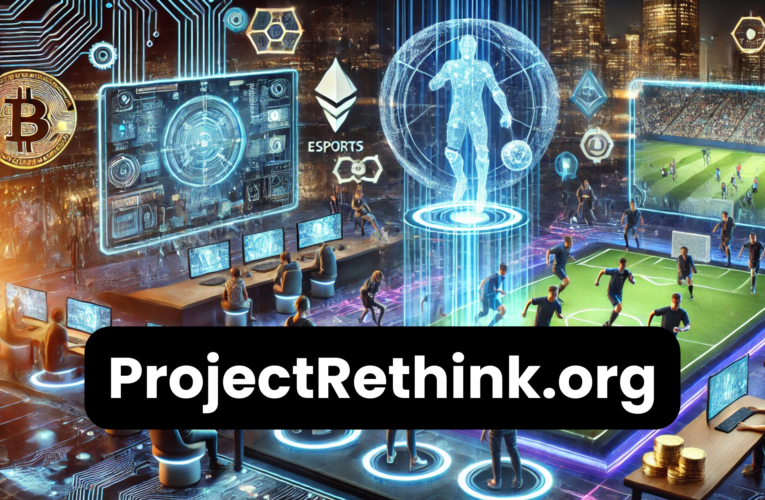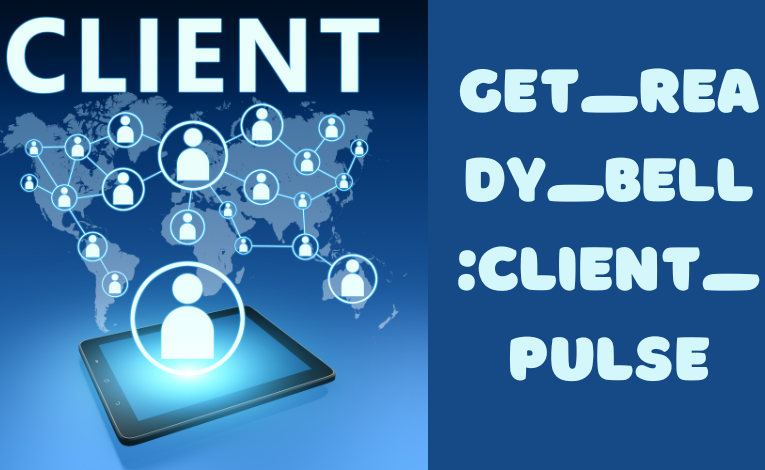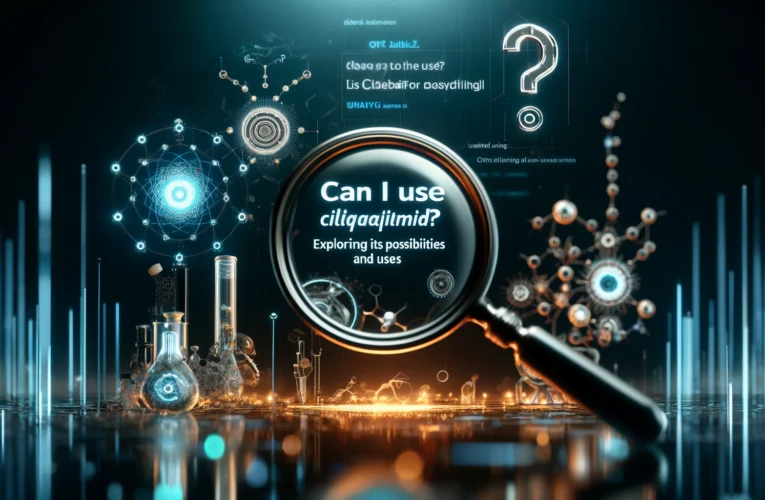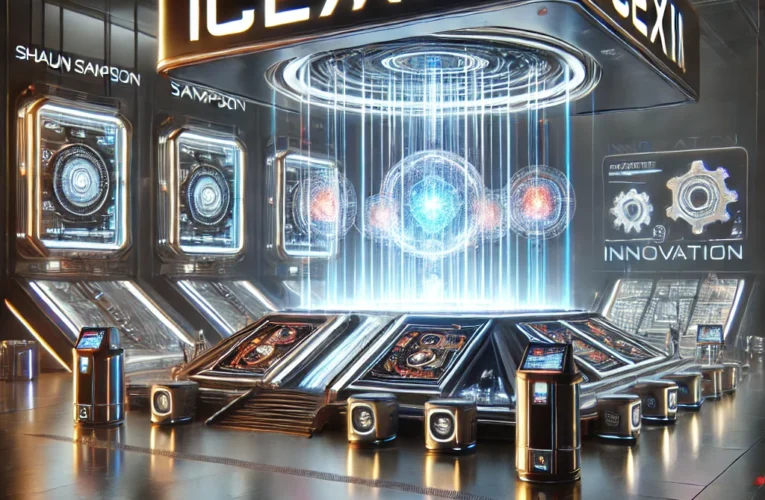Exploring the Future of Team Dynamics with Crew Disquantified Org
Table of Contents
The landscape of work is changing, and one concept that’s gaining traction is the Crew Disquantified Org. This model shakes up traditional organizational structures by promoting flexibility, collaboration, and a focus on qualitative outcomes rather than just numbers. In this article, we’ll explore what Crew Disquantified Org means, its core principles, and how it’s reshaping team dynamics in the workplace.
Key Takeaways
- Crew Disquantified Org emphasizes adaptability and fluid team structures.
- Decision-making is decentralized, allowing more voices to contribute.
- Success is measured through qualitative outcomes, not just numbers.
- This model encourages a human-centric approach, prioritizing employee well-being.
- Organizations adopting this model can respond more rapidly to change.
Understanding Crew Disquantified Org
Definition and Concept
In this part, we explore a fresh way that teams can work together without focusing only on numbers. Crew Disquantified Org stands for a group where success isn’t defined by figures or strict targets but by how well members work as a unit. In this model, roles can shift as needed, making work more natural and less boxed in. For instance, consider exploring our crew model that shows how adaptable and people-focused a team can be.
- Flexible work modes
- Emphasis on shared tasks
- Quick adaptation to changes
| Element | Traditional Approach | Crew Disquantified Org |
|---|---|---|
| Structure | Strict hierarchy | Fluid, adaptable roles |
| Success Metrics | Hard numbers and KPIs | Group effort and communication |
| Decision Making | Top-down orders | Collective choices |
Core Principles of Crew Disquantified Org
This section breaks down the main ideas behind this approach. The focus here is on balancing the team’s efforts and working together closely:
- Every team member brings their skills to the table.
- Choices about projects are made together rather than by a manager alone.
- The emphasis is on positive interactions and real support among colleagues.
Teamwork and mutual respect are at the heart of this process.
- Roles are flexible enough to change with needs.
- The structure gives room for personal strengths to show.
- There is a strong sense of belonging and shared goals.
Decoding the Terminology
Let’s clear up what each word in Crew Disquantified Org means, step by step:
- “Crew”: Refers to a group of individuals working closely, much like a boat or flight team where every member’s role counts.
- “Disquantified”: Means stepping away from heavy reliance on numbers. This term points to valuing ideas, creativity, and soft skills over just cold figures. In some ways, it highlights an organic way of understanding success.
- “Org”: A short form for organization that suggests a more relaxed, decentralized structure.
The key is that each person plays a part in making the team feel like a home, where actions and collaboration are more important than strict metrics.
Key Characteristics of Crew Disquantified Org

Fluid and Adaptive Team Dynamics
In this model, teams are not boxed into fixed roles or methods. Instead, team members switch gears based on what the situation calls for. Meetings and brainstorming sessions are more about sharing ideas than delivering reports. One standout aspect is how changes in tasks happen more naturally. Take a look at fluid teams for an example of this approach in real-world settings.
- Team roles shift depending on the project phase
- Members easily adjust and take on extra responsibilities
- Collaboration feels more like a shared journey than a strict hierarchy
The advantage of such dynamics is that they let teams react faster when unexpected tasks pop up and deliver creative outcomes without being bogged down by a rigid structure.
Decentralized Decision-Making
This approach moves away from top-down decisions. Instead, it takes a step-by-step method where decision-making is shared among team members. It gives everyone a chance to pitch in when big choices need to be made, reducing dependency on a single decision maker.
- Decisions happen more locally, close to the work at hand
- It spreads out accountability among the group
- Conversations involve many viewpoints and solutions
Decentralized methods cut down on bottlenecks, leading to smoother day-to-day operations.
Emphasis on Qualitative Metrics
Success here isn’t measured purely in numbers. The focus is on looking at outcomes like teamwork, problem-solving, and overall satisfaction. When results are assessed, there’s a heavy tilt toward gauging the quality of interactions rather than just crunching numbers.
- Evaluations include feedback rounds and group reflections
- Achievements are determined by progress and team harmony
- Growth is seen in improved problem-solving and creative thinking
Below is a quick comparison table highlighting key aspects of traditional versus this modern approach:
| Aspect | Traditional Organization | Crew Disquantified Org |
|---|---|---|
| Decision Making | Centralized | Decentralized |
| Role Flexibility | Fixed | Fluid and shifting |
| Success Metrics | Quantitative | Qualitative and holistic |
This kind of setup introduces a subtle twist on measuring success by putting adaptability at its core. Each element works together to form a more dynamic, human-focused workspace that values input over output.
The Philosophy Behind Crew Disquantified Org
Human-Centric Values
The idea here is simple: put individuals first. Instead of focusing only on numbers, teams work in an environment where every member is heard and respected. A work culture that truly supports its team builds lasting trust and commitment. Key points include:
- Being attentive to team needs.
- Encouraging open communication.
- Supporting people in both their growth and well-being.
Flexibility in Roles and Responsibilities
This model moves away from fixed job roles. Members can switch tasks and step into different roles as the situation requires. It means fewer rigid lines and more chance to learn diverse skills. Some practical steps to see this in action are:
- Regularly reviewing and updating team roles.
- Encouraging members to propose and try new ways of working.
- Allowing team members to lead projects or offer support depending on current needs.
Focus on Innovation
Innovation is a key part of Crew Disquantified Org. Instead of clinging to old methods, teams are given room to explore fresh ideas and test new approaches. This practice can open up avenues for creative solutions. Consider these elements:
- Holding routine brainstorming sessions.
- Creating venues for open, honest feedback.
- Experimenting with emerging tools and methods.
When team members are free to break away from rigid roles, they often uncover talents and ideas that might otherwise be missed, giving the whole organization a boost in agility and creativity.
Changing Workforce Dynamics
Modern Employee Expectations
In our current work scene, employees are shifting what they value. They now expect more than just a paycheck – they want clear roles, freedom in how they work, and real work-life balance. Employees today demand workplaces that respect individuality and creativity.
Here are some core points about what modern workers look for:
- A flexible schedule that accommodates personal life
- Clear communication on goals and roles
- Spaces that allow personal expression and growth
Market Volatility
Market changes play a big role in reshaping team dynamics. Business conditions can change fast, leaving companies to adjust budgets, strategies, and daily operations on the fly. Below is a simple table that shows a few factors affecting the market and their impact on the workforce:
| Factor | Impact on Workforce |
|---|---|
| Economic Shifts | Adjustments in spending and roles |
| Tech Changes | Need for new skills and processes |
| Global Events | Disruptions in normal routines |
These shifts force companies to re-think how they structure teams and set goals.
Need for Agility
With the market being unpredictable, organizations need to be nimble. This means that teams are often restructured and processes are updated regularly. Companies must quickly change course to keep up with new challenges, sometimes taking steps like:
- Evaluating current methods
- Implementing faster decision cycles
- Encouraging rapid feedback within teams
Changing the way work gets done isn’t just about reacting – it’s about being prepared and willing to adjust quickly to stay in tune with these evolving trends.
A key part of navigating these changes is ensuring that the global workforce is always ready to meet fresh challenges. By adjusting organizational structures to match today’s demands, companies can effectively respond to market fluctuations and keep teams motivated.
The Future of Crew Disquantified Org

As our work environments evolve, the Crew Disquantified Org model is gaining traction. Its flexible approach is challenging classic rules and focusing more on how people and teams get things done. This new model undeniably changes the way businesses think about growth, structure, and teamwork. Learn more about the future design strategies that are setting the pace.
Enhanced Innovation and Creativity
This model pushes teams to try new things without being boxed in by old routines. It lets everyone pitch ideas freely, which often sparks creative solutions. In our day-to-day, that means stepping away from rigid deadlines and roles to explore different methods. Teams can be significantly more inventive when they’re not shackled by outdated measures.
A few points that illustrate this shift include:
- Open communication channels
- Cross-functional collaborations
- A culture that prizes trial and error
Such changes make it easier for groups to solve problems from different angles and come up with fresh approaches.
Increased Agility and Responsiveness
When rapid changes hit the market, businesses need to adapt fast. This model supports quick shifts in strategy, making teams more responsive during volatile periods. The ability to adjust roles and responsibilities on the fly means that decision-making speeds up and operations become smoother.
Key aspects of increased agility include:
- Fast reallocation of resources
- Real-time feedback loops
- Quick adaptation to market trends
This agile approach, highlighted by its simplicity and flexibility, proves its strength by helping organizations keep pace with new challenges. Also, the concept of adaptive teamwork is getting noticed among professionals as an effective relief mechanism during uncertain times, as seen in modern business practices like adaptive planning.
Long-Term Impact on Organizations
The Crew Disquantified Org model isn’t just about short-term fixes. Its influence reaches far into the future, laying groundwork for lasting changes in the way companies operate. Over time, businesses that adopt this model can expect several benefits:
- Improved team satisfaction and retention
- Smarter allocation of skills and talents
- Better overall performance in dynamic markets
This shift in structure and mindset is seen as a necessary evolution, one that encourages companies to rethink their traditional operations and focus more on flexible, people-oriented strategies.
By embracing these changes, organizations can pave the way for sustained growth and a more adaptive future. Every adjustment in how we work contributes to a broader trend toward workplace evolution, underlined by steady progress and renewed focus on human-centric values like modern teamwork.
Conclusion
In wrapping things up, the Crew Disquantified Org model really shakes up how we think about work. It’s not just about crunching numbers anymore; it’s about creating a space where people can work together, share ideas, and feel good about what they do. By focusing on teamwork and innovation, companies can build a workplace that not only meets business goals but also keeps employees happy and engaged. This shift isn’t just a trend; it’s a step towards a more flexible and resilient future for everyone involved.
Frequently Asked Questions
What is Crew Disquantified Org?
Crew Disquantified Org is a new way of organizing teams that moves away from strict rules and roles. It focuses on flexibility and teamwork, allowing people to work together based on their skills and what the project needs.
How does Crew Disquantified Org differ from traditional organizations?
Unlike traditional companies that have fixed roles and hierarchies, Crew Disquantified Org encourages fluid team structures. This means that people can change roles and collaborate more freely, which helps them use their strengths.
What are the core principles of Crew Disquantified Org?
The main ideas behind Crew Disquantified Org include a focus on people, shared decision-making, and measuring success through teamwork and creativity instead of just numbers.
Why is flexibility important in Crew Disquantified Org?
Flexibility is key because it allows team members to adapt to different roles as needed. This approach promotes innovation and helps teams respond quickly to changes.
How does Crew Disquantified Org support innovation?
By removing strict rules and encouraging collaboration, Crew Disquantified Org creates an environment where new ideas can emerge. This helps teams solve problems creatively and develop unique solutions.
What does the future look like for Crew Disquantified Org?
The future of Crew Disquantified Org looks promising as more companies embrace this model. It will likely lead to more innovative and adaptable workplaces, where employee satisfaction and teamwork are prioritized.
Read Also Gray Poplar Dropshipping Your E-commerce Empire and Unleash Hidden Profits

